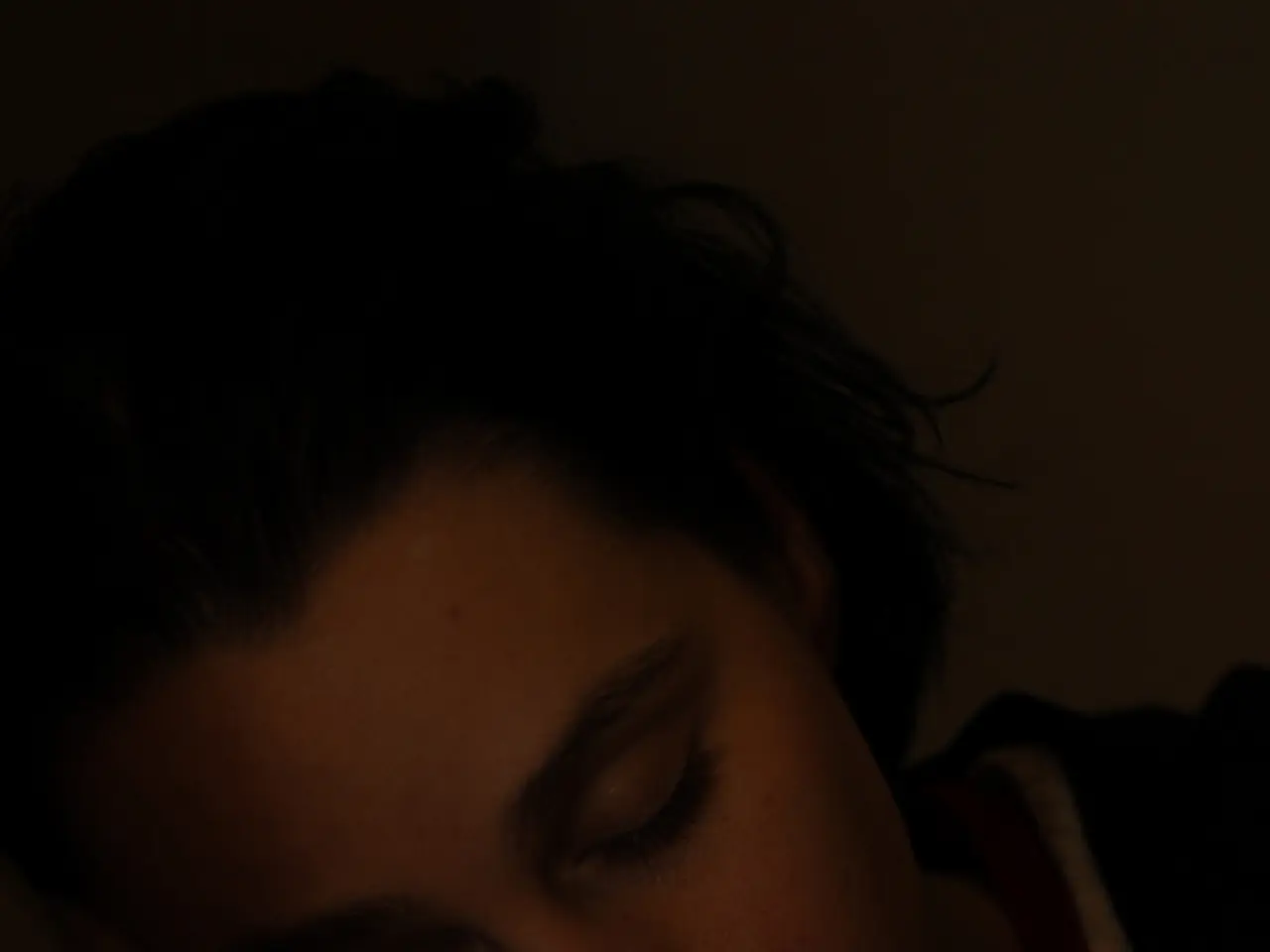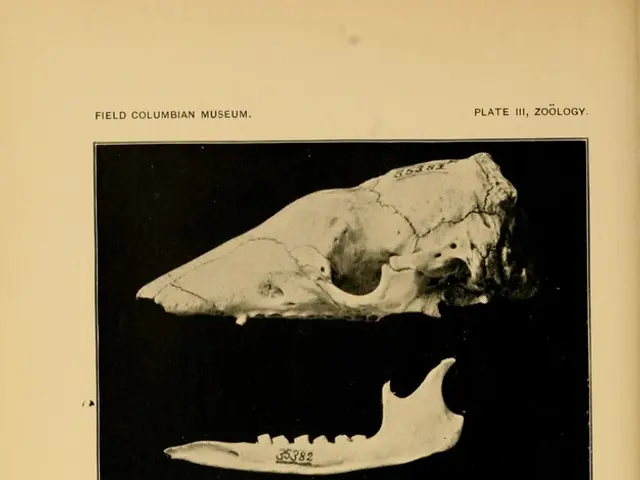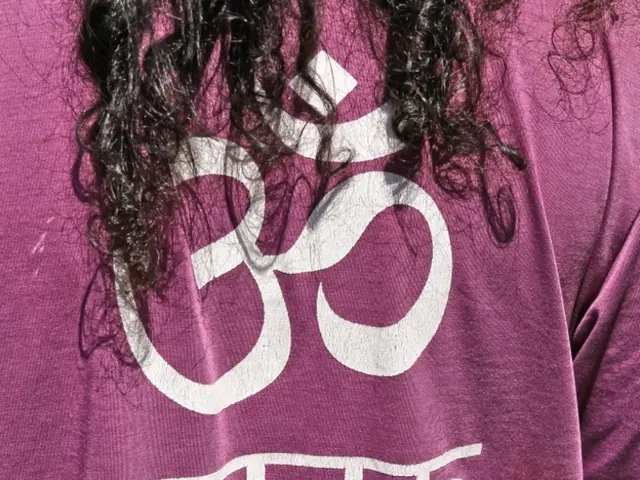Over half of the population encounters parasomnias, a sleep disorder specialist reveals, delving into the five most prevalent forms and their underlying causes.
Parasomnias are unusual behaviors or experiences that occur during sleep, such as sleepwalking, sleep talking, or night terrors. These sleep disorders can be categorized into non-rapid eye movement (NREM) parasomnias and rapid eye movement (REM) parasomnias, depending on which part of sleep they occur.
Non-REM Sleep Parasomnias
NREM parasomnias typically occur during stages 3 and 4 of non-REM sleep, which are deep sleep stages. Common types include sleepwalking (Somnambulism), sleep talking (Somniloquy), and night terrors (Sleep Terrors).
Sleepwalking involves walking or performing other complex behaviors while asleep. Sleepwalkers often appear awake but have no memory of the events upon waking up. Sleep talking ranges from mumbling to coherent conversations and can disrupt sleep. Night terrors are intense episodes of fear or distress during deep sleep, often accompanied by screaming or thrashing. Unlike nightmares, they are usually forgotten upon waking.
NREM parasomnias can be triggered by factors such as genetics, sleep deprivation, stress, and anxiety. Certain medications can also induce parasomnias as a side effect.
Treatment for NREM parasomnias includes establishing regular sleep patterns, stress management, sleep environment modifications, counseling, and medication in some cases.
REM Sleep Parasomnias
REM sleep parasomnias occur during REM sleep, when brain activity is similar to being awake, and muscle paralysis (atonia) prevents acting out dreams. Common types include REM Sleep Behavior Disorder (RBD) and nightmares.
RBD is characterized by the loss of normal muscle atonia during REM sleep, leading to acting out dreams. This can be violent or dangerous and is often associated with neurodegenerative diseases like Parkinson's. Nightmares are vividly disturbing dreams that are remembered upon waking.
REM sleep parasomnias can be caused by neurodegenerative diseases, sleep disorders, medications, or withdrawal from medications. Stress and trauma can also trigger nightmares.
Treatment for REM sleep parasomnias includes medications, lifestyle changes, sleep stage manipulation, and counseling.
Prevention of sleep disruptions and management of underlying conditions are crucial for reducing the occurrence and severity of parasomnias. It's essential to maintain a consistent sleep schedule, limit alcohol and other substances, and improve sleep hygiene to create a better sleep environment. Cognitive behavior therapy can also help alter negative thought processes that cause sleep disorders or parasomnias.
Dr. Hamilton Gaiani explains that these parasomnias are usually associated with stress, nervousness, or previous traumatic experiences. While bedwetting is not explicitly mentioned as a parasomnia in the provided text, it is often considered a sleep disorder and can be associated with parasomnias.
Sleep paralysis is a state where a person becomes paralyzed and cannot move or talk while falling asleep or waking up, often linked to stress, anxiety, or insufficient sleep. It is not a parasomnia but shares some similarities with parasomnias as it occurs during sleep.
In conclusion, understanding parasomnias is essential for managing sleep disorders and improving overall sleep quality. By recognizing the causes, symptoms, and treatments of parasomnias, individuals can take steps to reduce their occurrence and severity.
- The unusual behavior of sleep paralysis, where a person is paralyzed and cannot move or talk while falling asleep or waking up, often due to stress, anxiety, or insufficient sleep, shares some similarities with parasomnias.
- Cognitive behavior therapy can help alter negative thought processes that cause sleep disorders or parasomnias, ultimately improving mental health and contributing to overall health-and-wellness.




